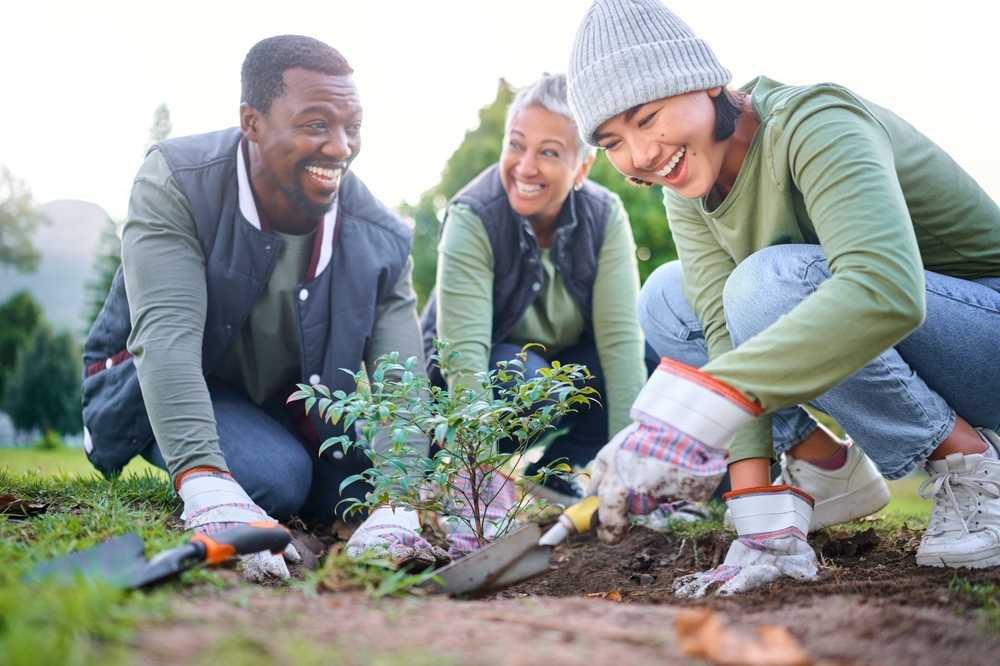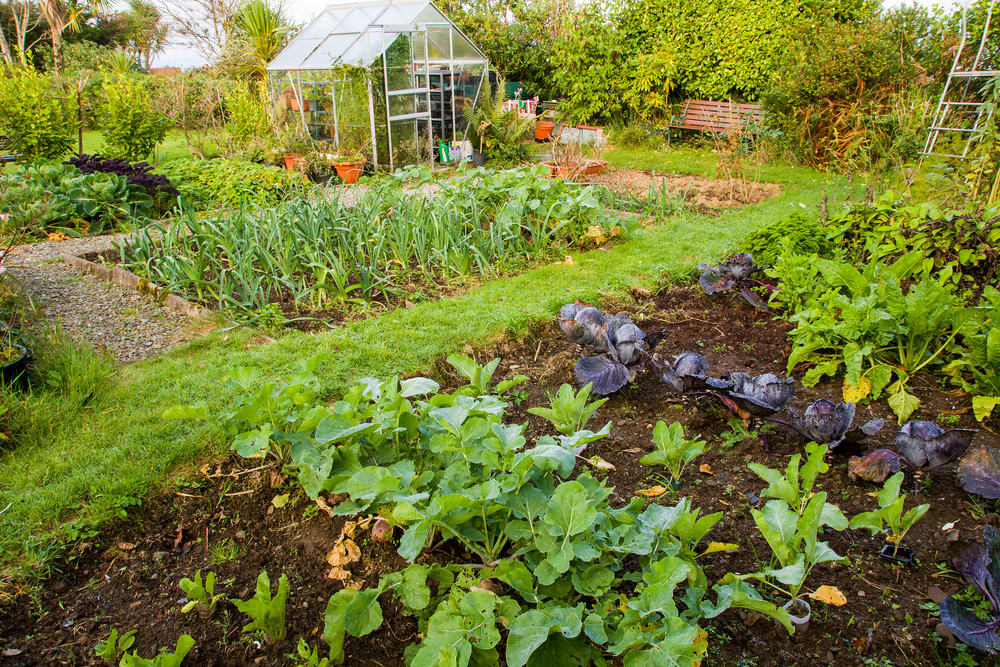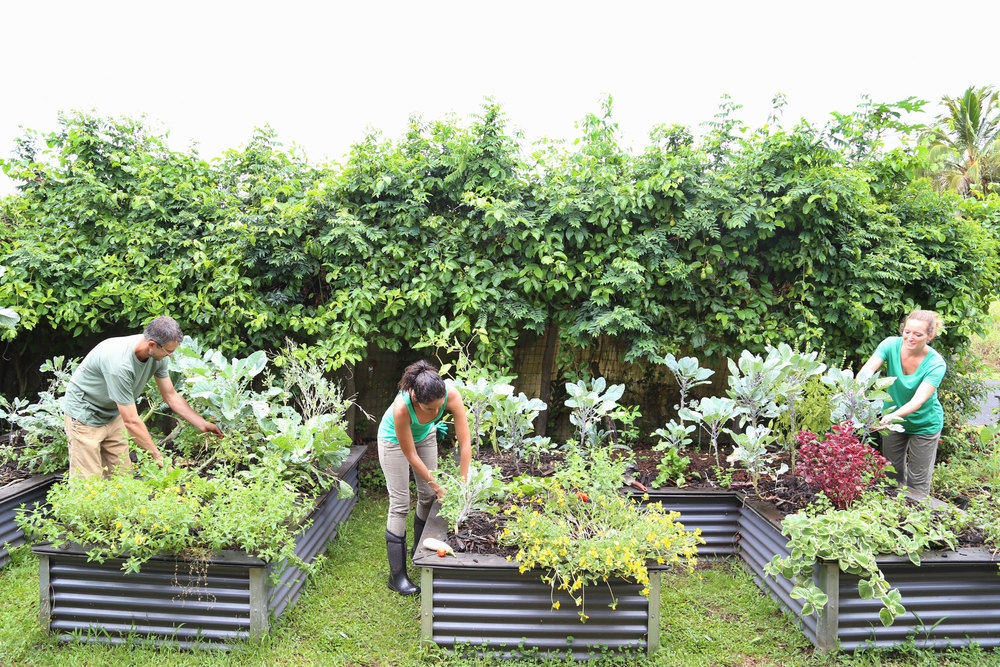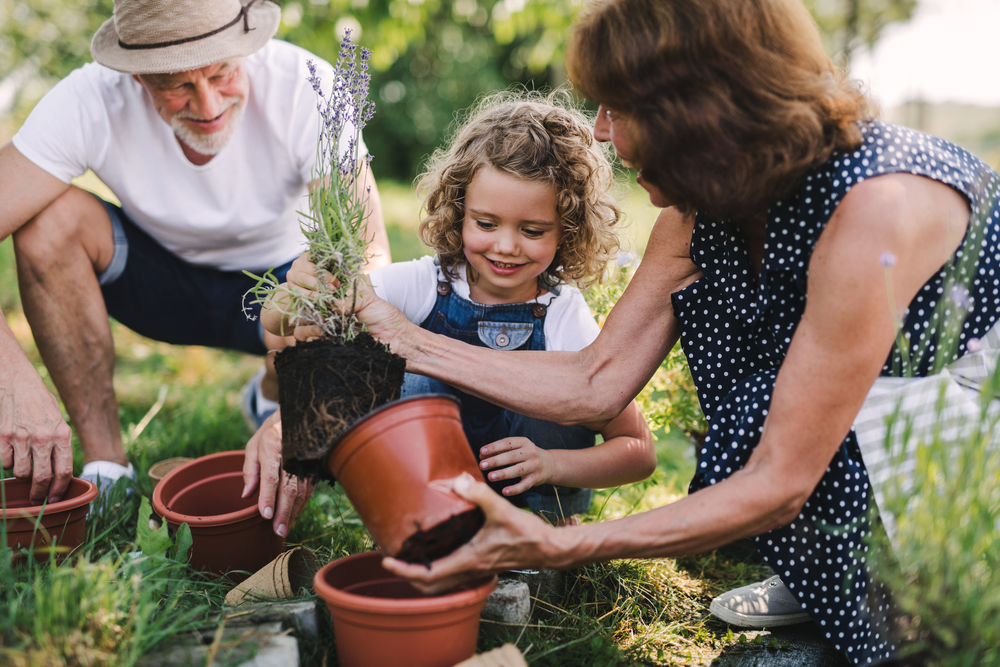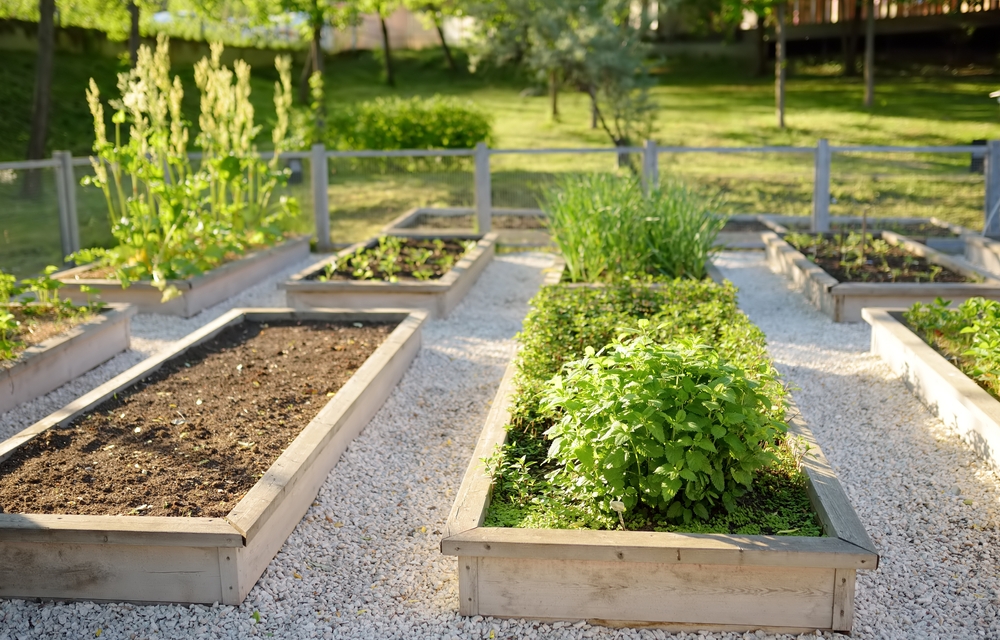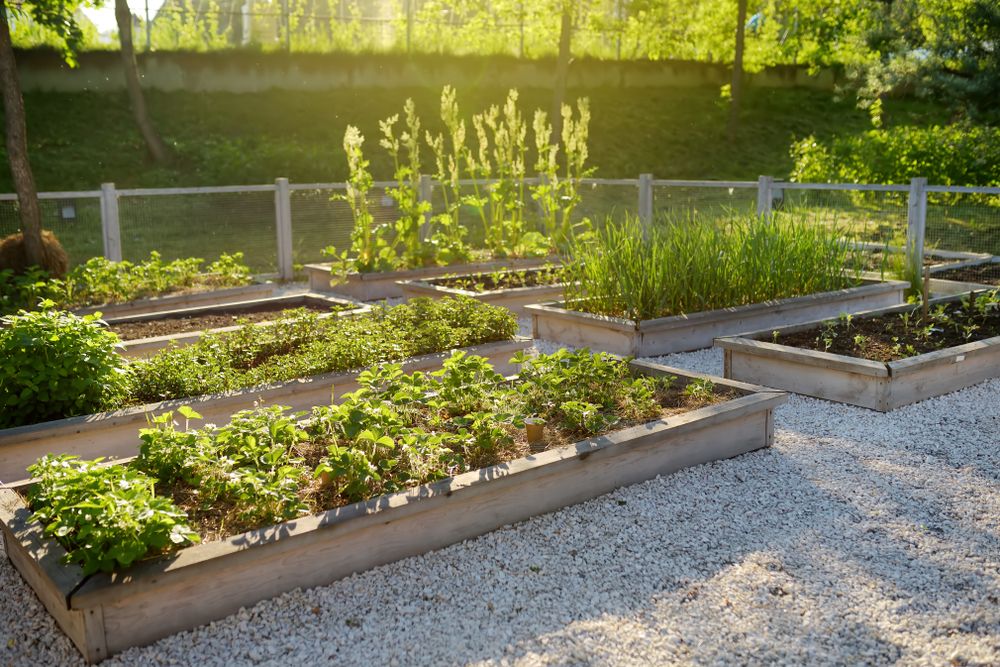In cities around the world, urban gardening initiatives are gaining popularity as people strive to connect with nature and grow their own food, while also fostering a sense of community. One such initiative that’s making waves is Pari Livermore’s Urban Garden Initiative.
The Importance of Community Gardens
Community gardens are indispensable in bridging the gap between people in the community, creating sustainability, and ensuring food security. They serve as a public space where people of the city can grow foods such as fruits, vegetables, and flowers, even if they don’t have a garden plot. Family and community gardens are one of the most effective avenues of educating people regarding proper gardening, composting, and sustainable living.
The task of urban gardening at Pari Livermore Urban Garden is to establish more dynamic and environmentally friendly green places in urban spaces. Through side-by-side work with the local community, businesses, and other organizations, the Pari Livermore project focuses on turning the city’s neglected spots into green areas that provide benefits not only for the residents but also for the entire ecosystem.
Community participation is the backbone of our engagement campaign. Among the efforts that the residents take part in are organizing, planting, topping the crops, and harvesting. Within the neighborhood, where neighbors from different backgrounds and life stages can form friendships, share advice, and develop a feeling of pride in their common shared green space.
Along with stimulating society, Pari Livermore’s Urban Garden Initiative emphasizes the same teaching of sustainability. The gardens use organic growing practices as well as water-conserving and biodiversity-enhancing methods. These green spaces also create a home for pollinators and other role-playing insects necessary for local ecosystem preservation.
Pari Livermore’s project is not only about planting gardens but also striving toward something more to create an approach that addresses the problem of malnutrition in its entirety. The organization not only does workshops and events but also carries on educational programs to interact with locals and share details about eco-living. These activities are meant to give them new knowledge and also make them feel more connected to environmental concerns.
Unlike traditional farming, urban gardening programs such as the Pari Livermore’s Urban Garden Initiative serve as a tool to help both individuals and communities thrive. These benefits include the provision of fresh food, as well as regular physical activity and being outside. Participants will also tend to have stress reduced and their mental health improved. Even the environment is left better off in terms of reduced carbon emissions and improved air quality.
Get More Details Today
If you want to be part of the Urban Garden Initiative of Pari Livermore, or you want to independently start a community garden, contact us for details. Whether you’re a beginner or experienced, you can get in touch with your community and change the urban environment for the better in your area.
Pari Livermore’s Urban Garden Initiative is a perfect demonstration of how gardens in communities can help foster a sense of community, encourage sustainability, and build a greener, healthier environment for everyone. With the help of such projects, we are able as a community to become a part of the change process that will turn urban space into lush green habitats and healthy places.
